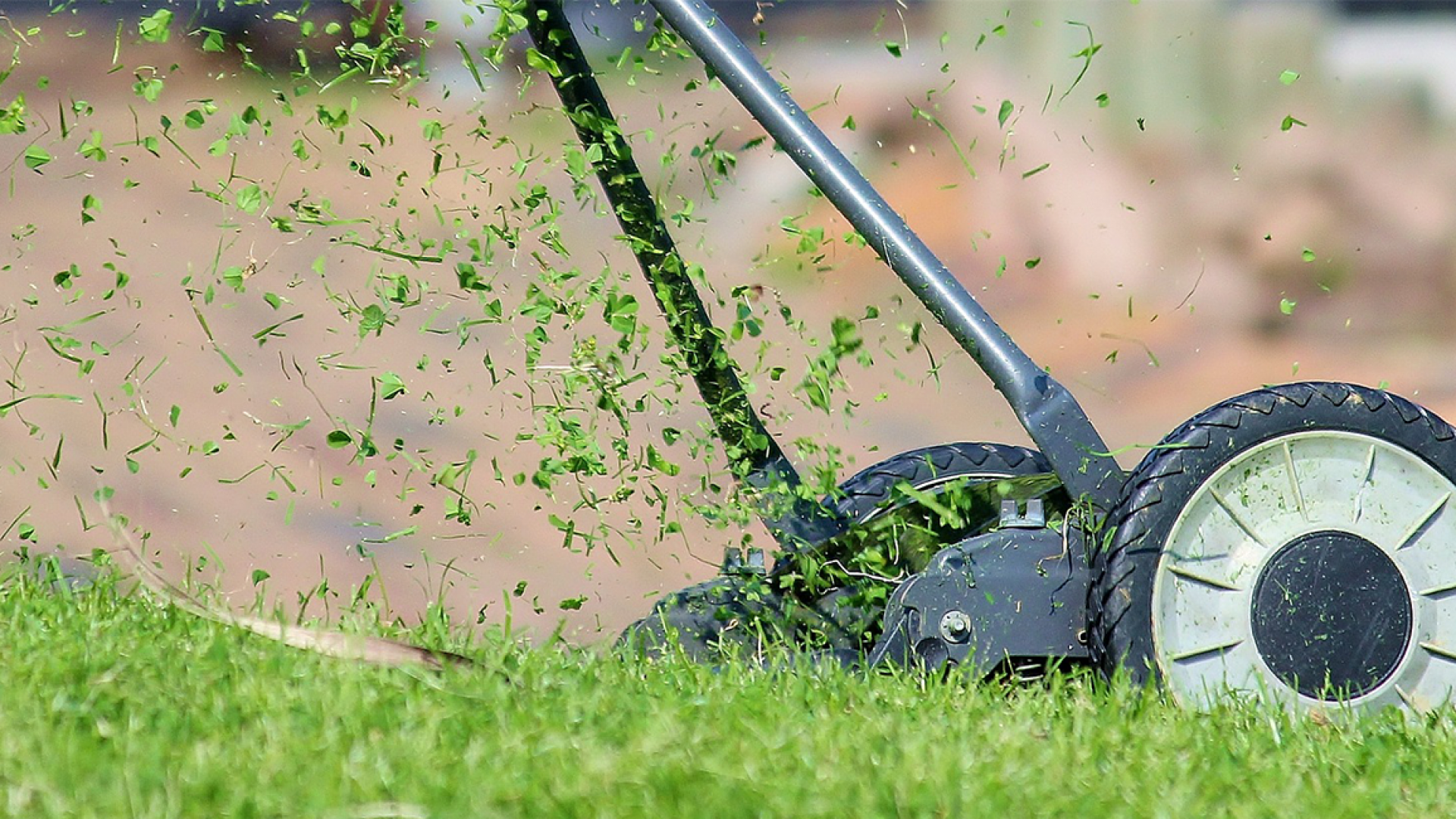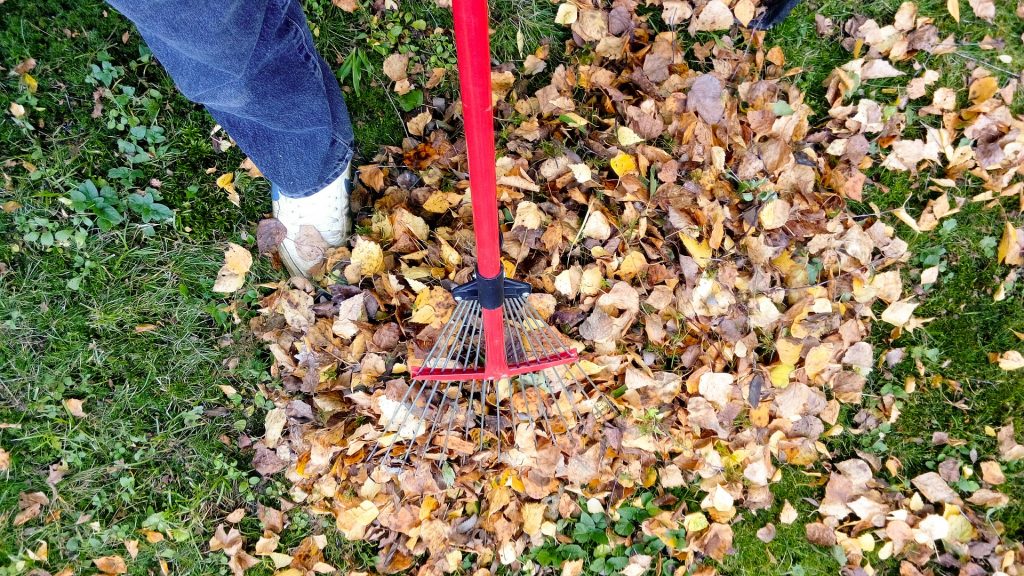Is your landscaping ready for falling temps? This Fall Landscaping Checklist from This Old House gives you all of the steps to make sure you’re prepared! With everything from aerating your lawn to cutting back perennials, this checklist has you covered.
“This is prime time to prep your yard for the next growing season,” says This Old House landscape contractor Roger Cook. Cooling temperatures slow aboveground growth, and moister soil encourages strong root development. Removing spent stems, dead branches, and heavy leaf cover protects plants’ overall health. Read on for Roger’s fall landscaping checklist.
Aerate the Lawn
If rainfall pools on the grass, it’s time to aerate compressed soil so water and nutrients can reach the roots. A garden fork can do the job on a small yard, but for larger lawns Roger uses a walk-behind aerator that pulls out 2½-to 3-inch-deep soil plugs, which will break down naturally by spring.
Feed Your Grass
Cutting back on fertilizer in late summer prevents perennials from wasting energy on leaf production. “But grass roots keep growing until the ground gets down to around 40 degrees,” says Roger, “so this is a good time to feed them.” Apply a high-phosphorus (12-25-12) mix to lawns in fall to encourage roots, so turf greens up earlier in spring.
Mow a Final Time
Roger trims turf down to 1¼ inches for the last cut of the season. “Disease has a harder time with shorter grass,” Roger says, “and fallen leaves blow across the lawn because they have nothing to latch on to.” Don’t go too low, though: Grass makes most of its food in the upper blade.
Collect Leaves
To make fallen leaves easier to transport, rake them onto a plastic tarp. Roger adds them (along with leaves he’s cleared from the gutters) to a compost bin—a simple chicken-wire pen will do. Flip the leaf pile every week with a garden fork to aerate; the “black gold” that results next year can nourish lawns, flower beds, and shrub borders.
Plant New Shrubs
In many parts of the country, planting shrubs in early fall gives the plants a head start at establishing roots in the season’s cool, moist soil. The basics: Dig a hole (twice the diameter and to a depth of 2 inches less than the full height of the root ball); position the shrub in the hole (make sure the top of the root ball remains at, not below, ground level); fill in with soil; water to settle soil; add more soil to top of root ball (don’t pack soil down with foot); mulch.
Trim Dead Limbs
Lifeless branches can succumb to winter snow and winds, endangering you and your home. “For big jobs, call in the pros,” says Roger. But you can protect small ornamental trees from further damage by cutting cracked, loose, and diseased limbs close to (but not flush with) the trunk; leave the wounds exposed to heal.
Cut Back Perennials
A little work now results in healthier spring beds: Evict tired annuals, as well as the snails and slugs that feed on them, which breed in fall. Trim spent perennial foliage down to the ground; this sends energy to the roots, for next season. Every three years, divide crowded tuberous plants, like irises and daylilies: More space means more flowers.
Mulch Young Plants
Give new beds a layer of mulch—chopped leaves, weed-free straw, or wood chips—after a light frost, but before the ground freezes. Till decomposed layers of organic mulch into the soil, then apply a fresh 2- to 4-inch layer (more will smother roots) to keep new plantings warm and to control water runoff and soil erosion.
Dry Out Drip Systems
Standing water can freeze and crack drip-irrigation tubing. For simple systems, Roger shuts the water off, unscrews the tap-joint adapter, and, using a high-volume, low-pressure setting on his compressor, inserts an air hose where the system normally attaches to the tap. “Blowing the water out avoids having to uproot the entire system.”





